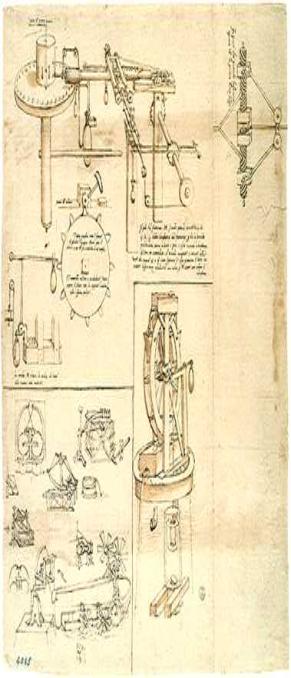
String
Theory encountered its first major split when it was required to account
for both fermions and bosons, the two types of particles in nature. Bosons,
which trasmit forces, are accounted for in both String Theories, but when
the theory was required to account for fermions, particles which make up
matter, as well, there occurred a great divide. Not much is said, anymore,
about the theory that went the way without fermions, as it required 26
spacetime dimensions and made use of the tachyon, a particle with imaginary
mass that supposedly traveled beyond the speed of light and backwards in
time…most physicists prefer matter to exist, it seems. To include fermions,
however, String Theory had to introduce the concept of supersymmetry, which
means that for every fermion there is a boson chaperone. Theorists account
for the utter lack of observed supersymmetric partners by claiming that the
partners are simply too massive to be detected at current accelerators
(while strings themselves, of course, are too small). From superstring theory (String Theory
which incorporates supersymmetry), five kinds have evolved, all of which require
9 spatial dimensions and one temporal: Type I- both open and closed
strings Type IIA- closed strings, fermions spin both ways Type IIB- closed strings, fermions spin one way Type HO-closed strings, right moving and left moving strings differ, group symmetry is SO(32) Type HE-closed strings, right moving and left moving strings differ,
group symmetry is E8xE8



next page
